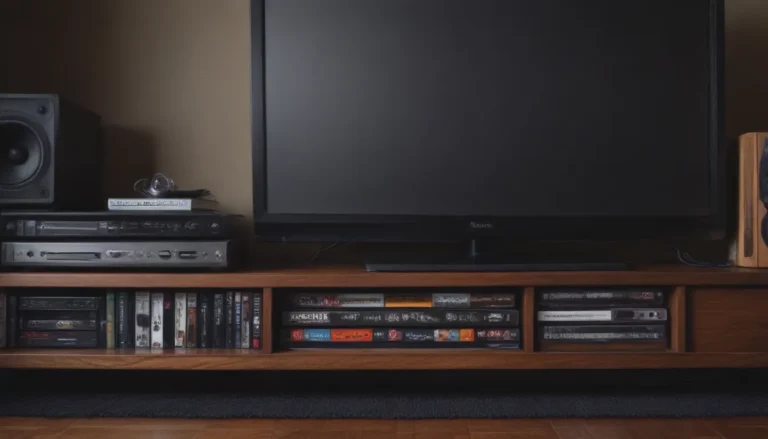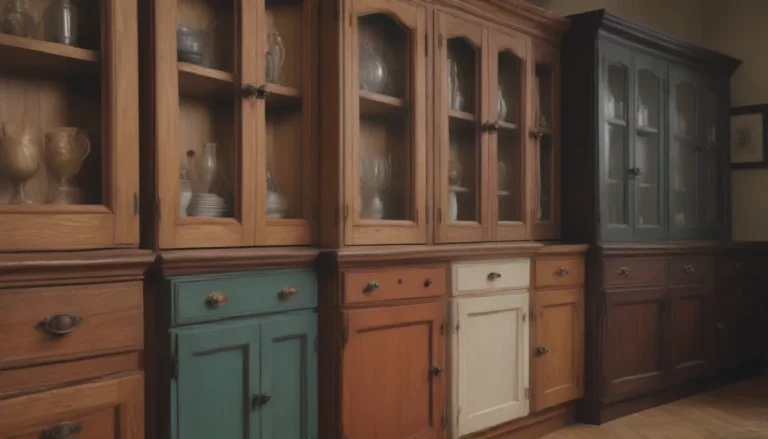Understanding Electrical Wire Sizes for Your Home

When it comes to your home’s electrical wiring, understanding the different wire sizes is crucial for ensuring safety and proper functionality. From powering your everyday appliances to lighting up your home, the right wire size plays a significant role in the overall efficiency of your electrical system. In this comprehensive guide, we will explore everything you need to know about electrical wire sizes, gauges, ampacity, and more.
What Are Wire Gauges?
Before delving into the specifics of electrical wire sizes, it’s essential to understand what wire gauges are. A wire gauge refers to the size of a wire’s diameter, and it determines how much electricity a wire can carry. The American Wire Gauge (AWG) system is commonly used to measure wire sizes, with 44 standard sizes available. When determining the appropriate wire size for your electrical installation, factors such as wire capacity and the electrical load it will carry must be taken into consideration.
How to Determine the Proper Wire Gauge
Choosing the right wire size for your electrical project is crucial for safety and efficiency. To determine the correct wire gauge, consider the amperage and wattage requirements of the circuit. Matching the wire size to the power demand ensures that the wire can handle the electrical load without overheating or causing a potential hazard. Remember that not all wires are created equal, and factors like material (copper vs. aluminum) can impact the wire’s amperage capacity.
Key Tips for Choosing the Proper Wire Gauge:
– Consider the amperage and wattage requirements of the circuit
– Choose copper wire for higher amperage capacity
– Match the wire size to the power demand to prevent overheating
Common Types of Electrical Wiring Used In Homes
Your home’s electrical wiring consists of various types of wires, each designed for specific uses and conditions. Whether it’s powering your kitchen appliances or lighting up your living room, understanding the different types of electrical wiring is essential for a safe and efficient electrical system. Electrical wires are available in both solid and stranded forms, with each type serving a unique purpose within your home’s electrical setup.
-
Stranded vs. Solid Wire: Stranded wire is more flexible and better suited for applications where flexibility is required, such as in tight spaces. Solid wire, on the other hand, is more rigid and ideal for applications where minimal movement is expected.
-
Insulation: Every wire, except the ground wire, is coated with a non-conductive insulated material to prevent electric shocks and ensure safety.
-
Wire Lengths: Electrical wire is typically available in rolls or spools of various lengths, ranging from standard cuts of 50 to 1,000 feet. Contractors often opt for larger rolls, while homeowners may prefer shorter lengths for DIY electrical projects.
Kitchen Appliance Connection Requirements
The National Electrical Code mandates that fixed appliances, such as refrigerators, ranges, and electric water heaters, have their own dedicated circuits. These separate circuits are specifically for appliances that need to remain running continuously, ensuring their proper function and safety. When connecting kitchen appliances to your electrical system, it’s essential to follow these guidelines to prevent overloading circuits and potential hazards.
-
Dedicated Circuits: Fixed appliances should have their own dedicated circuits to prevent overloading and ensure proper functionality.
-
Wire Sizing: Use a standard round gauge tool to measure the wire size needed for connecting kitchen appliances. Strip the wire before fitting it to ensure a secure connection.
By following these guidelines and understanding the fundamentals of electrical wire sizes, you can create a safe and efficient electrical system in your home. Remember to consult with a qualified electrician for any complex electrical installations to ensure compliance with local building codes and regulations.
In conclusion, electrical wire sizes play a crucial role in the safety and efficiency of your home’s electrical system. By understanding wire gauges, selecting the right wire size, and following proper installation practices, you can ensure a reliable and secure electrical setup for your household needs. Stay informed, stay safe, and enjoy the peace of mind that comes with a well-maintained electrical system in your home.





